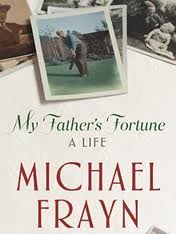A Woman Of No Importance by Sonia Purnell
Woman of No Importance-The Untold Story of the American Spy Who Helped Win World War II by Sonia Purnell
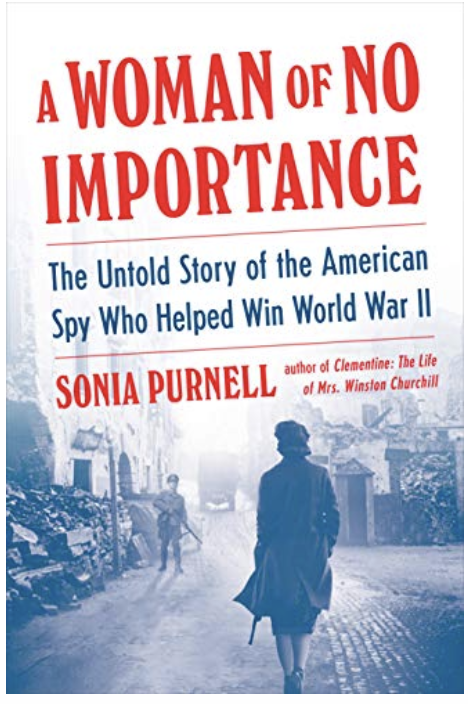 Virginia Hall was born in the United States, grew up in Baltimore and studied at Columbia University. She moved to France prior to World War II. As a young woman, she also had a tragic accident during a hunting trip where she shot her leg and ended up with a wooden prosthesis.
Virginia Hall was born in the United States, grew up in Baltimore and studied at Columbia University. She moved to France prior to World War II. As a young woman, she also had a tragic accident during a hunting trip where she shot her leg and ended up with a wooden prosthesis.
When World War II broke out and the Germans invaded France, circumstances plus dedication and brilliance led her to become one of the key figures in the French Resistance Movement. The author of this book, Sonia Purnell, spent a great deal of time and effort painstakingly studying the life and the amazing accomplishments of this woman who worked with the French underground. Virginia used numerous forged documents and also had a cover of being a correspondent for the New York Post, but in reality, she was organizing and participating in deadly sabotage against the occupying Nazis. She trained hundreds of members of the French underground. She risked her life numerous times in various operations. She went to extreme efforts to secretly maintain contact with the British for whom she was working via radio coded message. She guided many missions which included arranging the parachute drops of guns, explosives, and other supplies needed in the activities of the French underground against the occupying Germans. She devised complicated plots to free captured prisoners. She had many close calls and could have been captured and tortured as was the fate of many of her comrades. After D-Day she arranged numerous attacks on the German troops who were heading towards Normandy.
As a reader of this book, we got the feeling that we are by her side as she plans and carried out dangerous missions. She then escapes France via walking through the snow-covered mountains through Spain. Ultimately, Virginia falls in love with a young man who she encountered in her work and they eventually got married. This book is well written and will keep you on the edge of your seat. Virginia was ultimately awarded many medals including the highest French Medal of Honor. After the end of World War II, she worked for the CIA, assisting in spy activities directed against the communists.
As exciting and informative as this amazing story was, at times, I found it difficult to keep track of all the characters many of whom had French names. I also could not always picture the exact geography as she moved through different parts of France as well as during her escape via Spain. It would have been great if there could have been a directory of the many characters that we meet in this book and a brief description of them as well as a map where the reader could trace her adventures and travel. That being said, any student of history, especially if one wants the inside view of World War II should read this book. It also will be a satisfying read for anyone looking for a well-written spy story.
If you wish to purchase this book from Amazon please click here



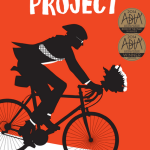
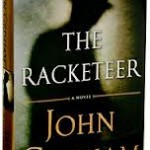
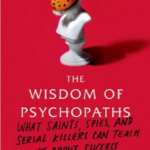
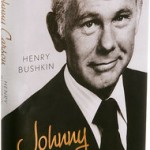
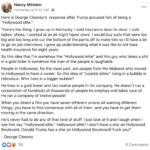
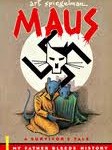
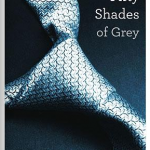
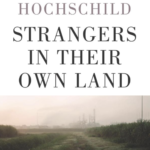



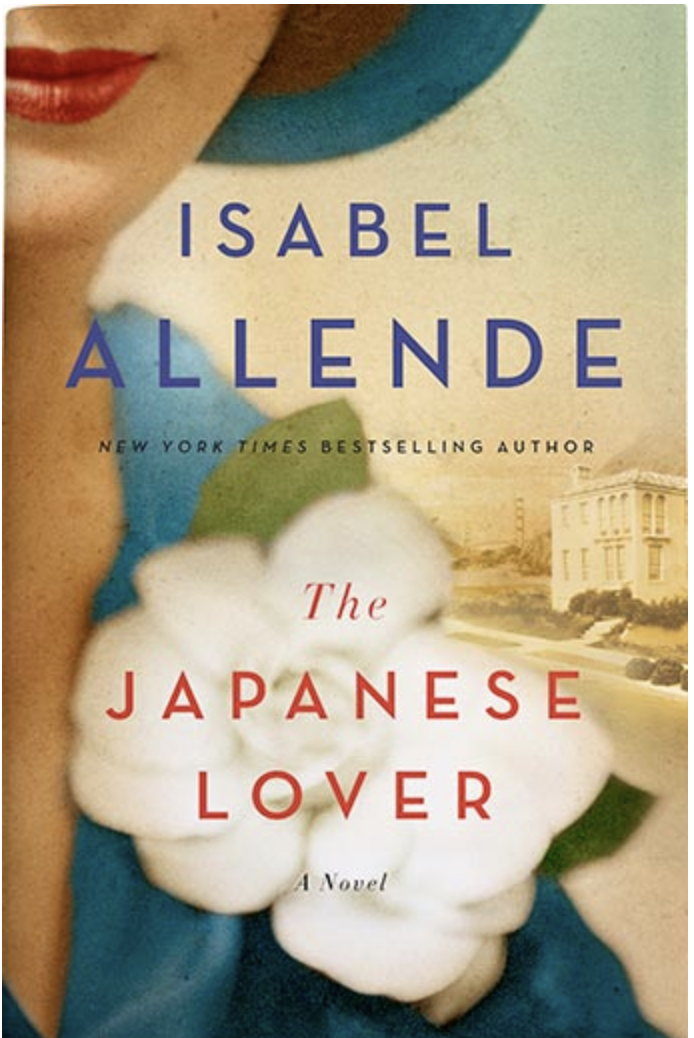 The author provides an in-depth description of the various characters presented in the book. This includes the experience of a Jewish family in Eastern Europe as the Nazis take over, living in a Japanese internment camp in the United States during World War II, as well as the subsequent life of some of the survivors of these events. We also meet a young woman who suffered from tremendous abuse and molestation as a child by her stepfather. However, this writer found this book disjointed as it jumped from one character to the other without any particular theme or purpose. While this approach often allows for the unfolding of the background after we have met a character much as a therapist learns the psychodynamics as the sessions progress, each of these tales did not seem to have coherence. Even the love lives of the various subjects of the book while very interesting did not seem to have relevance to any storyline. It may very well be that the characters were based on real people and this is the nature of their lives. If this is the case, the author gave no such clue in any postscript to the book. Certainly, we are open-minded and appreciate any variations in the love life and relationships that people may have but a novel describing these things becomes more engaging when we can see how they develop or have some insight into any response or struggle to a biological propensity.
The author provides an in-depth description of the various characters presented in the book. This includes the experience of a Jewish family in Eastern Europe as the Nazis take over, living in a Japanese internment camp in the United States during World War II, as well as the subsequent life of some of the survivors of these events. We also meet a young woman who suffered from tremendous abuse and molestation as a child by her stepfather. However, this writer found this book disjointed as it jumped from one character to the other without any particular theme or purpose. While this approach often allows for the unfolding of the background after we have met a character much as a therapist learns the psychodynamics as the sessions progress, each of these tales did not seem to have coherence. Even the love lives of the various subjects of the book while very interesting did not seem to have relevance to any storyline. It may very well be that the characters were based on real people and this is the nature of their lives. If this is the case, the author gave no such clue in any postscript to the book. Certainly, we are open-minded and appreciate any variations in the love life and relationships that people may have but a novel describing these things becomes more engaging when we can see how they develop or have some insight into any response or struggle to a biological propensity.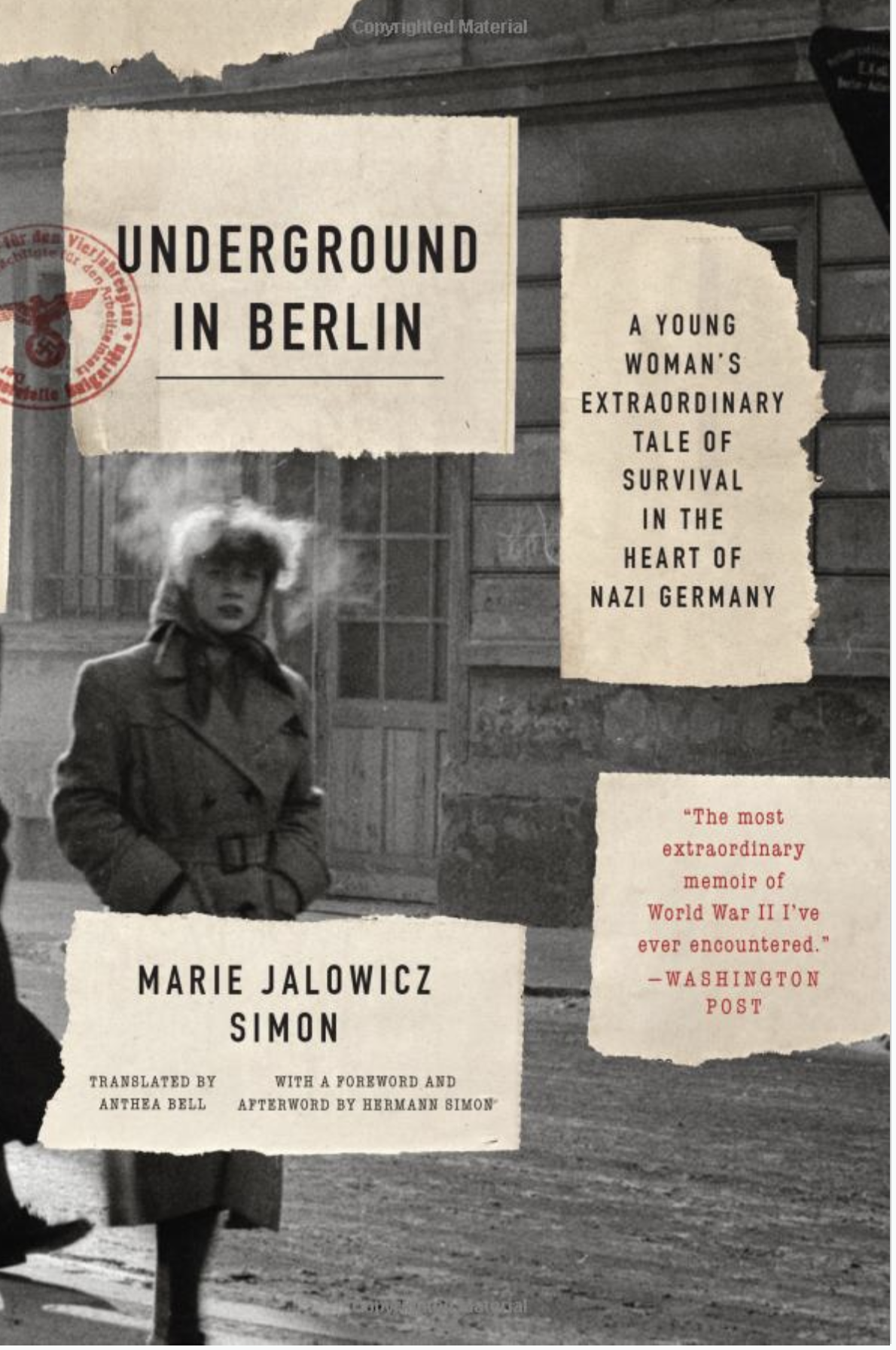
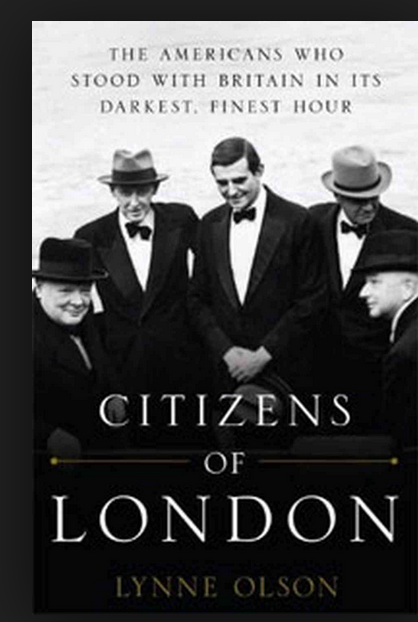 Citizens of London: The Americans Who Stood With Britain In Their Darkest Hour by Lynne Olson
Citizens of London: The Americans Who Stood With Britain In Their Darkest Hour by Lynne Olson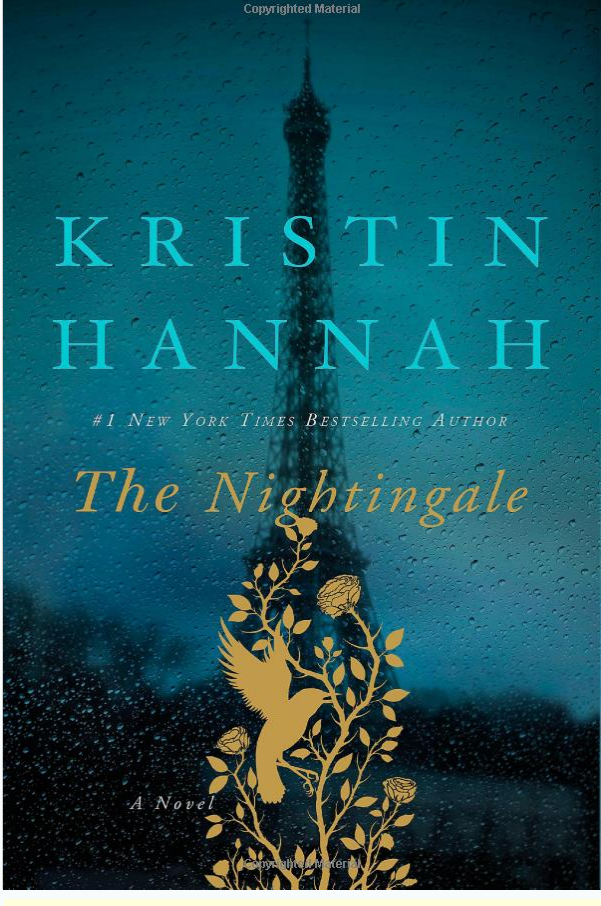 The Nightingale by Kristin Hannah
The Nightingale by Kristin Hannah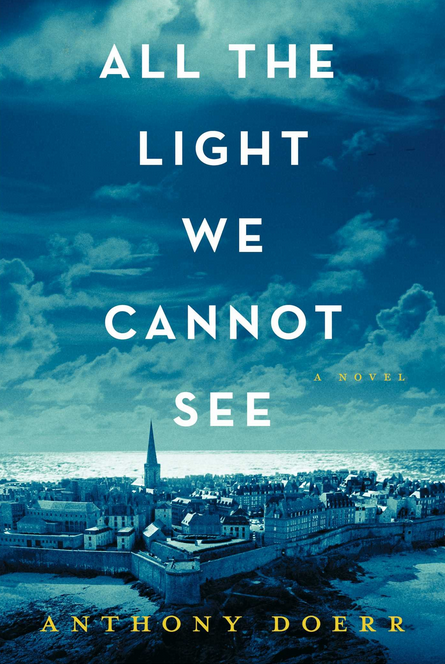
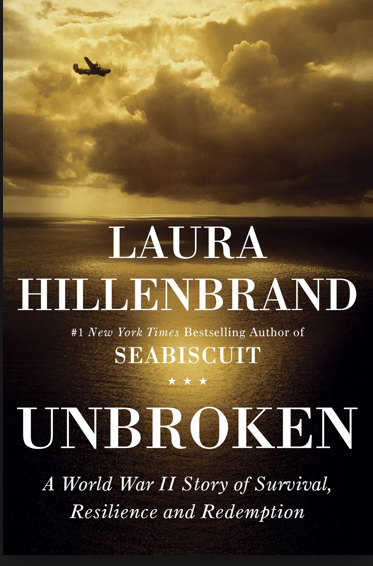
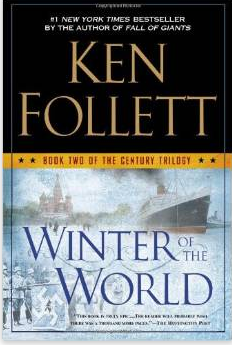
 The Guns At Last Light – The War In Western Europe by Rick Atkinson – This is the final book of a trilogy about the war in Western Europe. It begins with the plans for the Normandy invasion and concludes with the German surrender and the death of Hitler. For those of us who grew up in the post WWII years and have a certain attraction to the many great books that have detailed this war, this series stands to be the most comprehensive, complete and I would imagine the most accurate of the great books written on this subject .While I have not read the first two of this series, I base my opinion on the fact that Atkinson draws upon all the previous works as well as extensive quotes from the diaries and writings of the participants from Churchill, Eisenhower, Montgomery, De Gaulle etc., their aides, their wives, their letters as well as the reporters of the times such Severid, Murrow, Hemmingway, Pyle etc. He also includes the writings from the diaries and letters of the GIs who fought the war including many heart wrenching letters from soldiers who were subsequently killed in action. Needless to say he draws insights from both sides of the conflict. The book covers the big picture as well as the human view from the foxhole. You could easily say that the book was over detailed but on the other hand it didn’t seem to miss anything. Each chapter has a small map of where things stood at a particular time but it was really difficult to read and appreciate. On the other hand being able to follow the narrative clearly would require a large wall map in color on your wall that would change with every few pages. (In the future electronic books, i pads and computer readers should have a tab which one could go back and forth and see a full screen map with flashing or moving graphics.) The book captures the drama and the tension of planning and executing the crossing of the British Channel. Although we may have previously read about it or seen films about this subject, it is still almost impossible to fully appreciate the logistical miracle of carrying it out as well as the terrible loss of life, injury and emotional trauma that these hundreds of thousands of soldiers experienced. It is equally difficult to realize that the survivors and hundreds of thousands of new soldiers were to go through the horrific experience of the Battle of the Bulge and the painful march through Germany, crossing the Rhine and ultimate destruction of the German military. Imagine landing crafts filled with soldiers being destroyed before they reached the shore, gliders laden with troops being shot out of the sky or crashing into the ground. There are all sorts of horrendous descriptions of Sherman Tanks or German Panzer Tanks either bringing about tremendous destruction or being blown up themselves with their occupants going up in flames. The narrative while seemingly tracing every painful kilometer across France and Germany switches back and forth from the battle line to various command centers behind the lines where Eisenhower, Montgomery, Patten and lesser but well known names are interacting in person or through messages sent back and forth. We get insight into the personalities, of our leaders as well as conflicts with each other. We can appreciate their brilliance as well as their mistakes. Every decision that they would make, when to advance, when to pull back, which side to move, who would cover which flank, when to bomb etc. would invariably cost hundreds if not thousands of casualties or fatalities of their troops. Sometimes there would be “fratricide” where errors were made of bombarding our own troops. There is even material showing what was going on in the German headquarters with some insight into their personalities. Although no new ground was broken in understanding the mindset that brought about the concentration camps, the discovery of them, the horror that was seen and the allied reaction to it is all there. The epilogue which sums up the massive cost of this war in a wide range of parameters from the 56 million hand grenades used, to battlefield causalities of the Americans since D-Day which exceeded ¾ million of whom at least 165,000 were dead, plus 62,000 air casualties – half of them dead. British, Canadian, Polish and ancillary forces tallied combat losses of 194,000 including 42,000 killed. Of all German boys born between 1915 and 1924 1/3 were dead or missing. Some 14 percent of the Soviet population of 190 million perished during the war. After the war, the digging up of American bodies from German soil so no soldier was left behind is another story which is briefly chronicled and will pull on the emotions of the reader along with so many other episodes in this piece of world history. Throughout the 878 pages (one quarter of which is notes and references) I would periodically ask myself why I was so drawn to still another account of this Great War, however well written and complete it might be? For some it might be to fully appreciate the war of their fathers, grandparents or great grandparents, which is certainly part of the reason for me (although only my uncles were in this great war). However, I have come to understand for me and perhaps for others young and old, this book allows me to identify with these brave people as I try to answer the an unanswerable question. How would I have dealt with being a soldier and participating in the “Guns of Last Light?”
The Guns At Last Light – The War In Western Europe by Rick Atkinson – This is the final book of a trilogy about the war in Western Europe. It begins with the plans for the Normandy invasion and concludes with the German surrender and the death of Hitler. For those of us who grew up in the post WWII years and have a certain attraction to the many great books that have detailed this war, this series stands to be the most comprehensive, complete and I would imagine the most accurate of the great books written on this subject .While I have not read the first two of this series, I base my opinion on the fact that Atkinson draws upon all the previous works as well as extensive quotes from the diaries and writings of the participants from Churchill, Eisenhower, Montgomery, De Gaulle etc., their aides, their wives, their letters as well as the reporters of the times such Severid, Murrow, Hemmingway, Pyle etc. He also includes the writings from the diaries and letters of the GIs who fought the war including many heart wrenching letters from soldiers who were subsequently killed in action. Needless to say he draws insights from both sides of the conflict. The book covers the big picture as well as the human view from the foxhole. You could easily say that the book was over detailed but on the other hand it didn’t seem to miss anything. Each chapter has a small map of where things stood at a particular time but it was really difficult to read and appreciate. On the other hand being able to follow the narrative clearly would require a large wall map in color on your wall that would change with every few pages. (In the future electronic books, i pads and computer readers should have a tab which one could go back and forth and see a full screen map with flashing or moving graphics.) The book captures the drama and the tension of planning and executing the crossing of the British Channel. Although we may have previously read about it or seen films about this subject, it is still almost impossible to fully appreciate the logistical miracle of carrying it out as well as the terrible loss of life, injury and emotional trauma that these hundreds of thousands of soldiers experienced. It is equally difficult to realize that the survivors and hundreds of thousands of new soldiers were to go through the horrific experience of the Battle of the Bulge and the painful march through Germany, crossing the Rhine and ultimate destruction of the German military. Imagine landing crafts filled with soldiers being destroyed before they reached the shore, gliders laden with troops being shot out of the sky or crashing into the ground. There are all sorts of horrendous descriptions of Sherman Tanks or German Panzer Tanks either bringing about tremendous destruction or being blown up themselves with their occupants going up in flames. The narrative while seemingly tracing every painful kilometer across France and Germany switches back and forth from the battle line to various command centers behind the lines where Eisenhower, Montgomery, Patten and lesser but well known names are interacting in person or through messages sent back and forth. We get insight into the personalities, of our leaders as well as conflicts with each other. We can appreciate their brilliance as well as their mistakes. Every decision that they would make, when to advance, when to pull back, which side to move, who would cover which flank, when to bomb etc. would invariably cost hundreds if not thousands of casualties or fatalities of their troops. Sometimes there would be “fratricide” where errors were made of bombarding our own troops. There is even material showing what was going on in the German headquarters with some insight into their personalities. Although no new ground was broken in understanding the mindset that brought about the concentration camps, the discovery of them, the horror that was seen and the allied reaction to it is all there. The epilogue which sums up the massive cost of this war in a wide range of parameters from the 56 million hand grenades used, to battlefield causalities of the Americans since D-Day which exceeded ¾ million of whom at least 165,000 were dead, plus 62,000 air casualties – half of them dead. British, Canadian, Polish and ancillary forces tallied combat losses of 194,000 including 42,000 killed. Of all German boys born between 1915 and 1924 1/3 were dead or missing. Some 14 percent of the Soviet population of 190 million perished during the war. After the war, the digging up of American bodies from German soil so no soldier was left behind is another story which is briefly chronicled and will pull on the emotions of the reader along with so many other episodes in this piece of world history. Throughout the 878 pages (one quarter of which is notes and references) I would periodically ask myself why I was so drawn to still another account of this Great War, however well written and complete it might be? For some it might be to fully appreciate the war of their fathers, grandparents or great grandparents, which is certainly part of the reason for me (although only my uncles were in this great war). However, I have come to understand for me and perhaps for others young and old, this book allows me to identify with these brave people as I try to answer the an unanswerable question. How would I have dealt with being a soldier and participating in the “Guns of Last Light?”